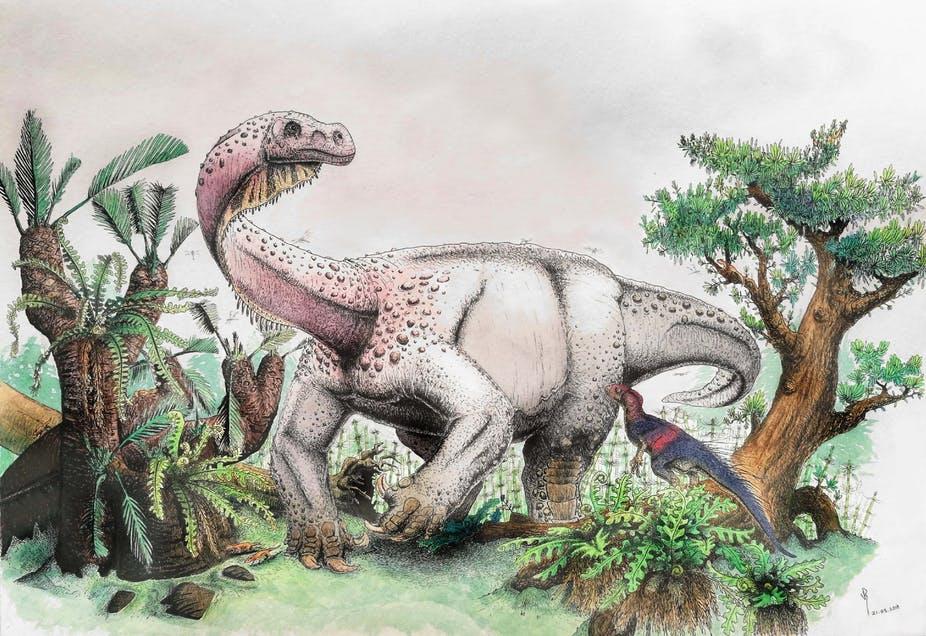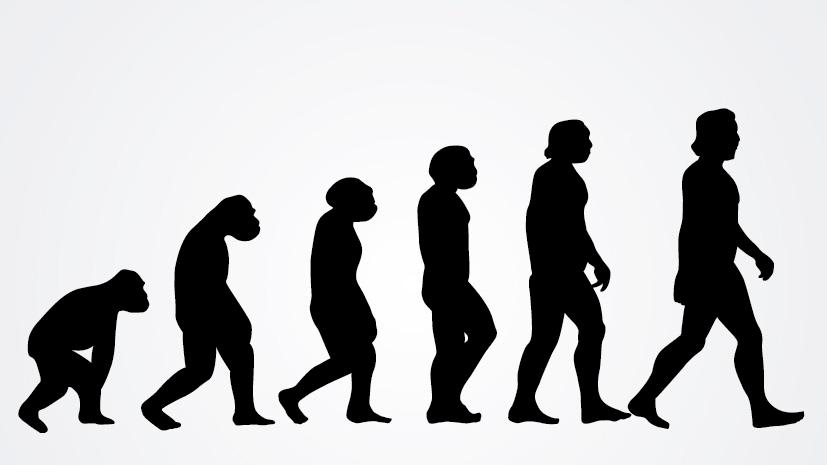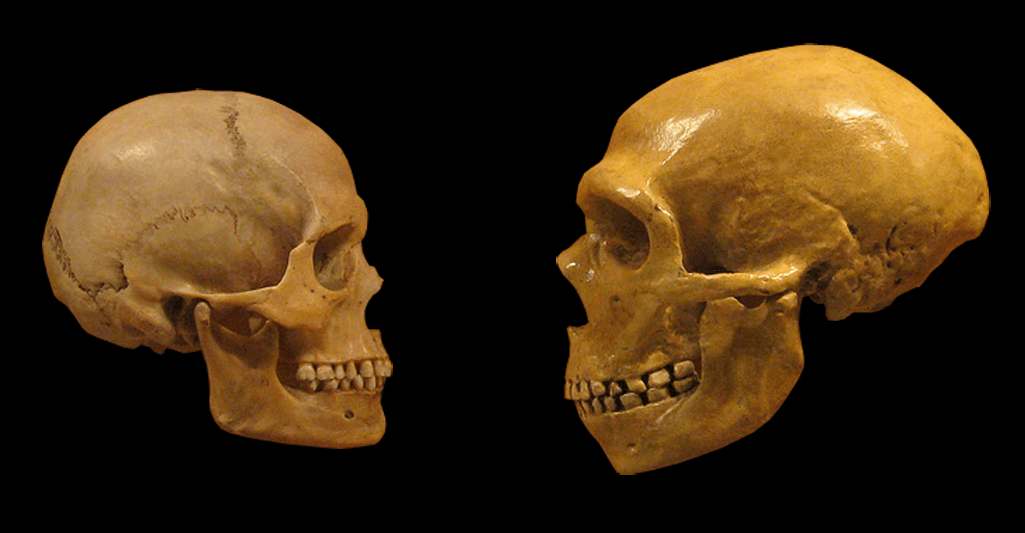Human evolution
A new fossil may date humanity’s ancestor further back than we thought
No one quite knows when humanity’s direct ancestors — the Homo genus — first evolved, but a fossil discovered in Ethiopia in 2013 may provide clues. And according to new studies, those clues point back further into time than was previously thought.
Neanderthals and modern humans co-existed in Europe for several thousand years
There is a little Neanderthal in all of us — 1 percent to 3 percent of modern human DNA is a relic of our older cousins. New research indicates that the two species may have lived side-by-side in Europe for up to 5000 years, suggesting we may have shared many other things, too.
Study discovers humans have been using fire for perhaps 1 million years
Humans have used fire for hundreds of thousands of years — and used it in myriad ways. But a new study out this week, based on research in South Africa, shows that humans — or more precisely, their ancestors — may have been using fire as much as a million years ago.
New Evolutionary Theory Suggests Distinct Human Species Coexisted
As recently as 1970, some evolutionary scientists believed there was no single point of origin for modern humans. Instead, they believed, we evolved globally all over the world. That view, known as multi-regionalism, suggests that human evolution took place seamlessly from Homo erectus to modern humans. In the last four decades, however, many new evolutionary […]


